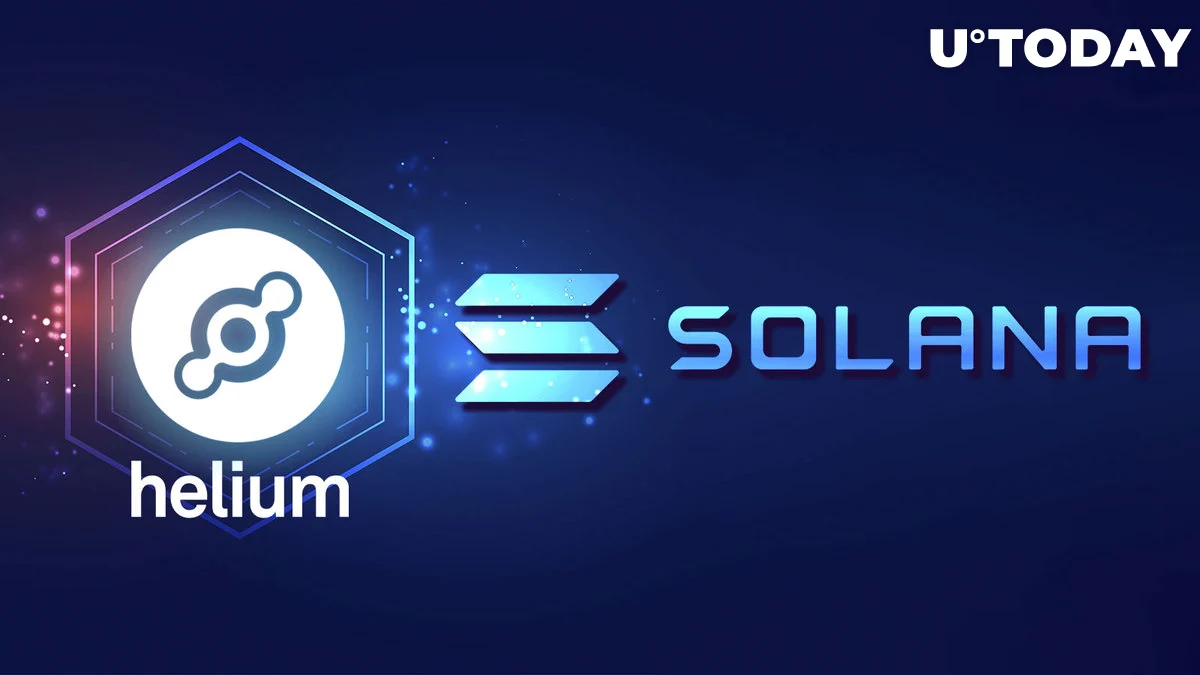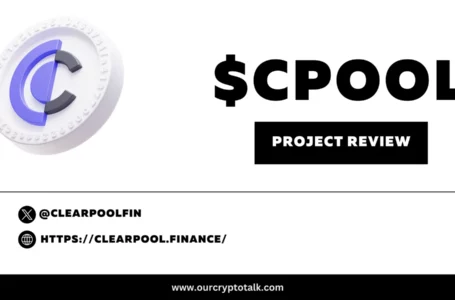
Helium Network (HNT), a Web3.0 protocol, has announced that it successfully migrated to the Solana (SOL) blockchain. The news, which was made via the protocol’s official Twitter account, emphasises the strong desire to move to a more scalable organisation in order to support the achievement of its overarching end objective.
Helium is advertised as an Internet of Things (IoT) device network that runs on a decentralised blockchain. The teams for Helium and Solana worked together for several months to organise the migration of Helium to Solana.
“The upgrade from the Helium blockchain to Solana has been finished, and the primary developers of Helium are overjoyed to announce it. The largest decentralised wireless network in the world enters a new age of scalability, growth, and dependability thanks to this update “It says in the statement.
The Helium protocol states that switching to Solana will provide extra ecosystem utilities, which will be expressed as quicker transaction speeds and cheaper prices. The smart contract capabilities of Solana, one of the best Ethereum competitors currently available, will also be effectively used by entrepreneurs inside the Helium Network.
The potential for innovation after the transition from Helium to Solana is limitless, and both teams are prepared for the next development in their respective protocols.
Off to good start
One million hotspots may have joined the Helium Network since its creation, according to a Solana Foundation report on the migration, and given the ecosystem’s bandwidth, further use cases involving non-fungible tokens and decentralised finance (DeFi) are certain to emerge (NFT).
The ability to mint linked hotspots as NFTs, a feature that ensures additional recordkeeping that would otherwise be extremely expensive on competitor blockchains, is one advantage Solana is providing Helium users.
With the move, Helium has joined an ecosystem of successful entrepreneurs that can typically assist it in providing long-term value to its community.


















